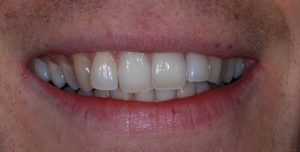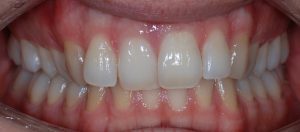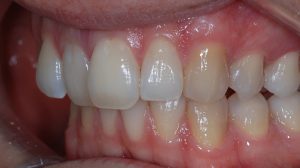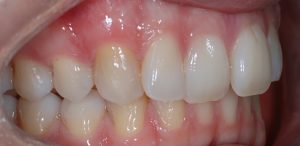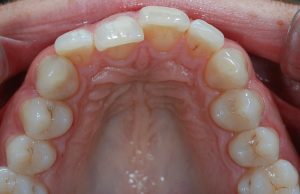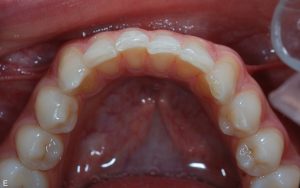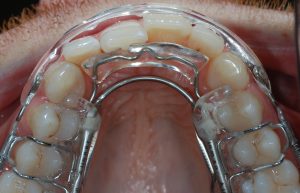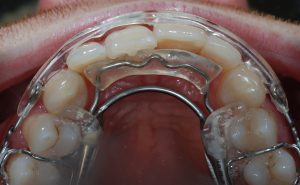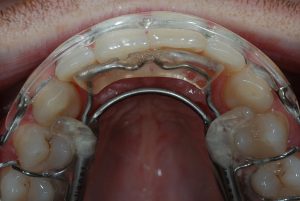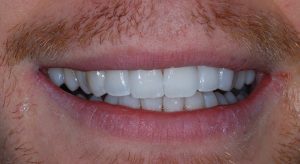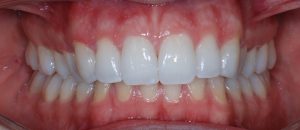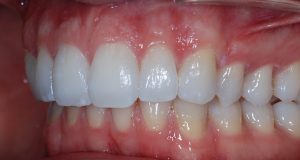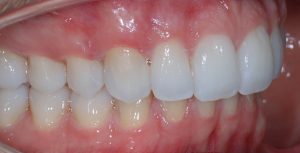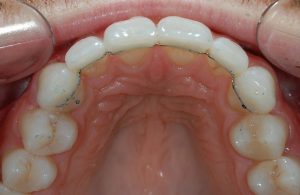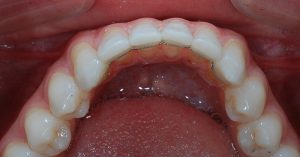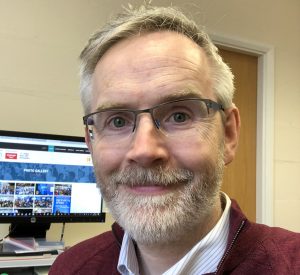 The British Dental Conference and Dentistry Show 2019 will offer two days of education and networking for all members of the dental team. It will feature various lecture programmes catering to the needs of those with different roles, interests and specialities, with an eclectic trade exhibition displaying the latest innovations in the profession as well.
The British Dental Conference and Dentistry Show 2019 will offer two days of education and networking for all members of the dental team. It will feature various lecture programmes catering to the needs of those with different roles, interests and specialities, with an eclectic trade exhibition displaying the latest innovations in the profession as well.
As part of the Speciality Interest Theatre, the University of Central Lancashire (UCLan) School of Dentistry will be sponsoring a panel session entitled “Lifelong learning? Navigating dental education in turbulent times”. The discussion will be led by a team of highly esteemed faculty members, including: Beverley Littlemore, Senior Lecturer in Dental Hygiene and Therapy; Dominic Stewardson, Professor in Restorative Dentistry, Assessment Lead and Course Lead MSc Prosthodontics; Fadi Barrak, Course Leader MSc Dental Implantology; Malcolm Edwards, Director of Postgraduate Studies, Specialist Restorative Dentistry and Specialist Prosthodontics; Shalini Kanagasingam, Course Leader MSc Endodontology; and Aengus Kelly, Senior Lecturer in Communications and Knowledge Transfer.
We spoke to Aengus Kelly, who kindly provided an outline of what the team hope to cover during their panel discussion:
“This session will be based around the increasingly important topic of postgraduate dental education. The dental profession is rapidly evolving, with internal and external pressures changing the experience of being in practice and resulting in new career pathways. This panel discussion will cover a broad educational spectrum from chairside mentoring to online learning and team training, ultimately exploring the future role of, and possible training pathways for, the GDP.
“Continuing education and lifelong learning are clearly always important in our profession, but there are a few particular reasons why this topic is coming into sharper focus right now. The ‘Advancing Dentistry’ project[i]report considered potential changes to training in dentistry, including integrated approaches to undergraduate training for all clinical roles and more developed training pathways in primary care. Also in primary care, Advancing Dentistry proposed a growing need for GDPs to have further academic and educational training (e.g. an MSc qualification[ii]). With NHS Contract Reform pending, it is possible that there will be increased use of secondarydental care services in the coming years. Equally, many colleagues seek to expand the range of treatments they offer on a private basis in primary care. It’s important for GDPs to be in a good position for development in practice.
“In addition, the 2018 BDA survey on stress and burnout[iii]suggests that, while burnout is a very significant problem for the whole profession, GDPs are most at risk and further training might help to mitigate that risk. Another consideration is that we have a maturing workforce of DCPs and this is reflected in growing opportunities for postgraduate education (e.g. MSc programmes for Dental Therapists[iv]).
“The most common issue facing a practitioner considering further training is the range of choices available. When there are so many options – from online courses to weekend training to full-time qualifications – it can be tricky to make an informed choice. Key factors in course selection are quality, patient contact and work/study/life balance. Are the providers of the training suitably qualified and trained as educators? Is there opportunity for supervised and/or mentored patient contact to develop new skills? Is it possible to study while continuing to practice (e.g. part-time courses, online content)?”
All these concepts and more will be explored during the panel session, offering delegates fresh ideas and practical advice on how they could develop their skills and their careers.
“We intend for delegates to leave the session with a clearer idea of what options are available for career development in dentistry, both for the individual and the wider dental team,” Aengus comments. “At times, there can be a prevailing gloominess caused by perceptions of the challenges within the profession, from burnout to financial and regulatory stresses. It is nice to offer the prospect of hope and the potential for positive change.”
The British Dental Conference and Dentistry Show 2019 will present many opportunities for dental professionals to attend presentations by renowned speakers from the UK and abroad. Up to 14 hours of enhanced CPD will be available, with the extensive trade floor demonstrating the latest products, materials and technologies from more than 400 dental manufacturers and suppliers. Aengus adds:
“What is striking about the event is that there is something there for everyone. In 2018 there was a really full schedule of CPD events across the venue and a great buzz from the crowd. We at UCLan School of Dentistry are particularly pleased to be presenting a session this year to mark the launch of our newly-redesigned clinical MSc programmes.[v]These MSc programmes are completed in two years and include supervised patient contact along with lab-based skills development. Much of the academic component of the course (including the dissertation) is completed via online learning. Find out more at dentistryevents@uclan.ac.uk.”
The British Dental Conference and Dentistry Show is completely free for delegates to attend – register online today.
The British Dental Conference and Dentistry Show 2019 – Friday 17thand Saturday 18thMay – Birmingham NEC, co-located with DTS.
Visit www.thedentistryshow.co.uk, call 020 7348 5270
or email dentistry@closerstillmedia.com
References
[i]Health Education England. Advancing Dental Care: Education and Training Review. Final Report. https://www.hee.nhs.uk/sites/default/files/documents/advancing_dental_care_final.pdf
[Accessed March 2019]
[ii]University of Central Lancashire. Courses. Dental Education, MSc. https://www.uclan.ac.uk/courses/msc-dental-education.php [Accessed March 2019]
[iii]Collin V, Toon M, O’Selmo E, Reynolds L, Whitehead P. A survey of stress, burnout and well-being on UK dentists. British Dental Journal. Jan 2019; 226: 40-49
[iv]University of Central Lancashire. Courses. Advanced restorative and Periodontal Practice, MSc. https://www.uclan.ac.uk/courses/msc-advanced-restorative-and-periodontal-practice.php
[Accessed March 2019]
[v]University of Central Lancashire. About us. University structure. Schools. School of Dentistry. Courses. https://www.uclan.ac.uk/schools/dentistry/courses.php[Accessed March 2019]



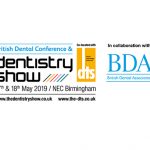

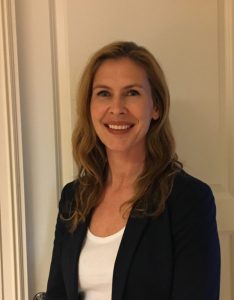 Dr Solveig Skaar demonstrates how she helped a patient improve their smile aesthetics in a conservative but effective way, all without fixed orthodontics.
Dr Solveig Skaar demonstrates how she helped a patient improve their smile aesthetics in a conservative but effective way, all without fixed orthodontics.